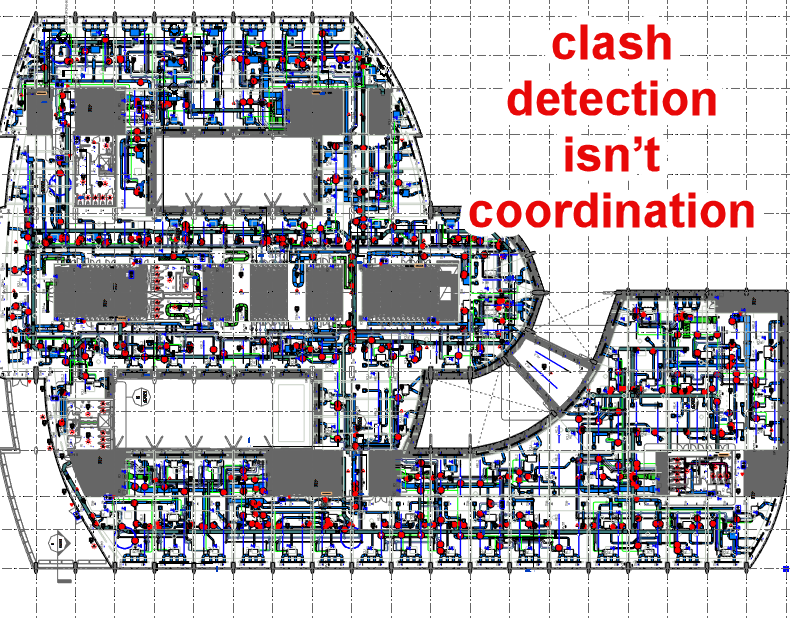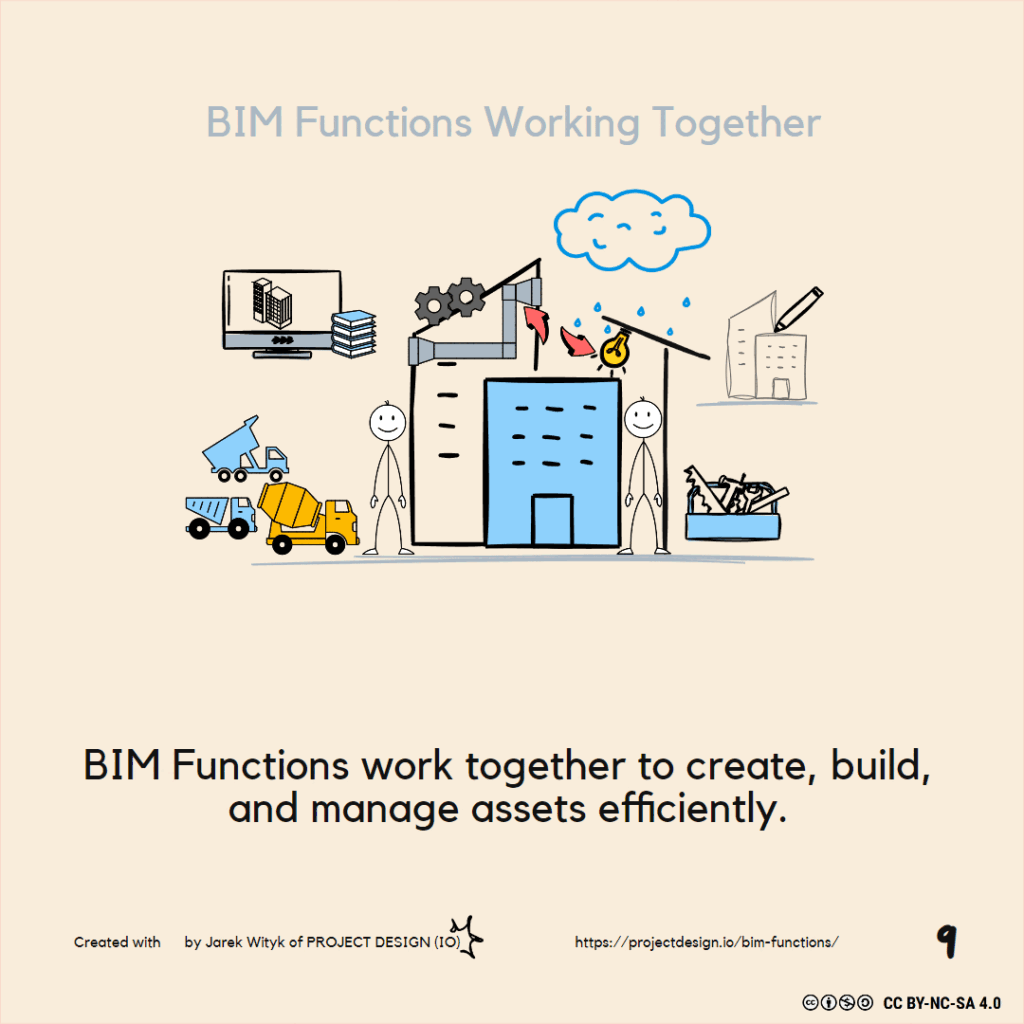coordination
Revit Guides
Data Management

coordination in construction is a two-headed beast:
-
Process Coordination (the parent): ensuring the sequence, timing, and hand-offs of work packages are managed by competent teams pursuing a shared goal (even when that goal is tangled and multifaceted).
-
Spatial Coordination (its child): ensuring that the physical positioning and integration of components (ducts, pipes, structure, finishes) in the model or on-site don’t clash. This is where Building Information Modelling (BIM) often steps in, providing clash management/detection, rule checks, and collaborative 3D environments.
In effect: process coordination aligns people and tasks, while spatial coordination aligns elements in space.
Coordination often involves more than one party who interacts to reach a common goal. The process is characterised by transforming viewpoints beyond narrow self-interest into broader community-wide interests and actions.
Coordination is crucial attribute of collaboration, which highlights two truths:
-
Correct sequencing + competent team → foundation of workflow execution.
-
Coordination → more than just task alignment; it transforms self-interest into broader, shared action.

BIM Functions
ELI5-S1 BIM Basics E17_BIM Functions Understanding BIM Functions: A Simple

